If you’re considering getting a Honda, one of the first words that comes up is VTEC. What even is VTEC and will it make your Honda faster? This article will answer all of your questions.
The quick burst of power VTEC provides has become iconic in the car community. In good and bad ways, many enthusiasts see it as a gimmick. Generating hundreds of hilarious memes and causing a general distaste for Honda owners.
In short, yes. VTEC engines will be faster than non-VTEC variants. But it’s not so simple, we will dive into the specifics throughout this article.
VTEC allowed Honda to unlock extra power from their small-displacement engines while keeping them reliable and daily driving suitable.
What is VTEC?
Before finding out how VTEC makes your car faster, let’s define what it really is.
VTEC stands for Variable Valve Timing & Lift Electronic Control. Simply explained: VTEC has two unique camshaft profiles that allow for low RPM efficiency and high RPM power.
The engine uses oil pressure to lock rocker arms together and engage these additional lobes on the camshaft.
Essentially, when hitting a certain RPM, you will feel a surge of power and a change in the sound of the motor.
For a more in depth explanation, checkout this amazing video from Engineering Explained:
How Much Power Does Vtec Add?
It’s tough to say since there are so many variables at play to a car’s power output. VTEC really gives you a more usable powerband rather than a gain of instant “X” horsepower.
But I think this is best explained in an actual example, like the second-generation Acura Integra:
An Integra with a B18 non-vtec engine from the LS model will make around 140HP. The GSR variant with a VTEC engine B18c1 will make 170HP. Take that a step further and the Type R Integra makes an incredible 200 HP with its B18c5.
While you might assume that the 30HP jump is just from VTEC, there are other factors. The VTEC head itself was designed to be higher flowing, to begin with. So not every bit of power was gained from VTEC.
It is safe to say though: Adding VTEC to an engine will increase the overall power output and make your car faster. You should expect around a 10-30HP gain from VTEC.
What’s So Special About It?
Honda’s VTEC was a breakthrough in engine development during the 1980s. Its innovation sparked almost every other car manufacturer to create a similar system. Toyota’s VVT-i, Mitsibushi’s MIVEC are perfect examples.
Honda’s VTEC made cheap economy cars more exciting to drive while remaining extremely efficient.
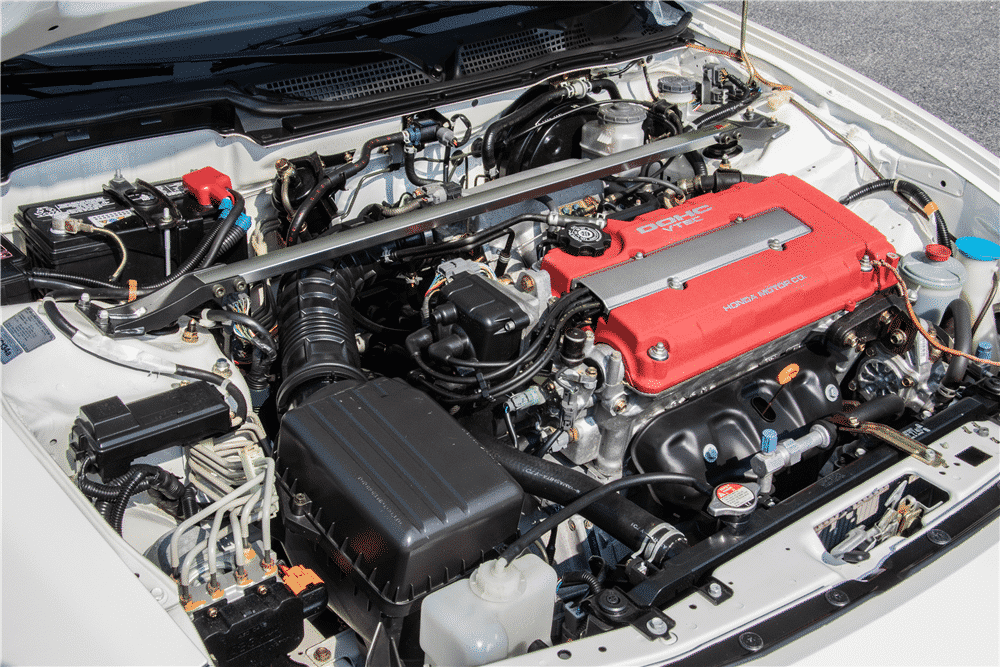
Is VTEC Reliable?
Yes, it is an extremely reliable system. Honda was able to make more power from their engines without sacrificing long-term reliability.
The simplistic design of using a solenoid to activate makes it almost bulletproof.
Nothing is perfect though. Honda owners have reported their VTEC no longer engaging due to a clogged filter in the solenoid or the sensor malfunctioning.
VTEC has been a prominent feature in almost every model of Honda. The Civic, Accord, CR-V, TSX, RSX, S2000, NSX, and many more. Over the past 22 years, VTEC has stood the test of time. Honda still produces engines to this day with VTEC, a testament to its durability.
Can You Feel VTEC Kick In?
Yes, you can. Taking a look at Dyno charts for engines with VTEC, you can see a distinct increase in power. Check out this graph from a honda-tech forum member:
Around 5000 RPM you can see a quick jump in power output. That is the VTEC engagement.

I personally drive an S2000 and at 6000 RPM you can feel the distinct powerband engage. My favorite part is the sound though, the quick change in tone of the car makes it feel exciting.
This is often a placebo effect though. With the change in engine sound, you might just feel like the car is producing much more power.
When Does VTEC Kick In?
It all depends on which engine you have, but typically in the 4000-6000 RPM range.
Here are some common engine models with VTEC and their engagement points:
| Engine | VTEC Engagement |
| F20C/F22C | 6000 RPM |
| B18C | 5500 RPM |
| K24A2 | 6000 RPM |
| K20A2 | 5800 RPM |
| D16Z6 | 4800 RPM |
| H22A | 5000 RPM |
How do I make VTEC kick in faster?
If you want to adjust the engagement of VTEC, you can! Now here is what I will say about this, the factory configuration is going to be most efficient in most scenarios. It’s going to be tough to outsmart Honda engineers and their balance of low-end efficiency and high-end power.
It is completely possible to reflash your ECU and lower the VTEC engagement. For a race car that is always in power, this could be a great benefit. However, for daily driving and most street use, lowering VTEC engagement will actually make your driving experience worse.
Is VTEC a Turbo?
No, Honda’s VTEC is not a turbo.
Turbochargers are known for having a quick surge of power, similar in some ways to VTE. However, they are not the same. A turbocharger does not engage at an exact RPM, it builds boost pressure as the RPMs increase. Whereas VTEC engages at a specific RPM and is in an on or off state.
However, you can turbo a VTEC engine. The combination of VTEC engaging and turbo boost peeking around a similar time can be an exciting and powerful combination.
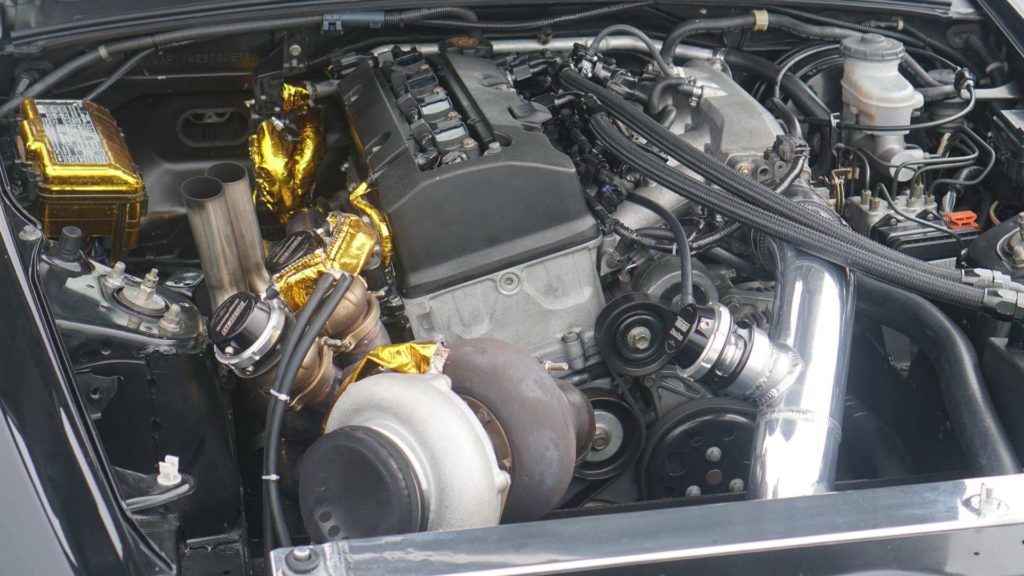
Can You Add VTEC to a Car Without VTEC?
Yes, this is completely possible and actually quite common among Honda tuners.
The D16Y7 is a 1.6L engine without VTEC that makes around 105HP. By attaching a VTEC head from the D16Y8, adding the VTEC solenoid, and changing out the ECU, you can boost the power to around 125HP.
This can be done across the B series as Honda engines as well. A low-cost but high-performance setup is to take a mild B20B and attach a head from a B16 or B18 VTEC engine. This setup can easily create over 200HP for a reasonably affordable price.
Does VTEC Make a Sound?
Yes, it does! Since the engine is engaging an extra lobe on the cam you can hear a distinct changeover in the tone.
The VTEC sound has become iconic in good and bad ways. As a driver, it feels exciting and makes driving fun. You constantly want to push the car into the higher RPMs to experience the sounds and power.
However, when you combine an “ear-piercing” exhaust and a reckless teenage driver you have a recipe for an annoying sound.
What is the Fastest VTEC Engine?
Right now, the most powerful VTEC engine comes in the 10th generation FK8 Honda Civic Type R. It makes 306 HP and 295 ft-lb of torque, an impressive number for a 2.0L 4 cylinder engine.
This motor is much more powerful than any VTEC engine in the past because of the factory turbocharger. In the past, all VTEC engines were naturally aspirated, which had a limit on their power output. Attaching the turbo has allowed Honda’s Civic Type R to keep up with the competition in the modern-day.
You can actually buy this engine directly from Honda as a crate motor and swap it into whatever car you want! There is actually an ongoing project where someone is swapping the Type R K20C1 into a Honda S2000.
How do I know if my Car has VTEC?
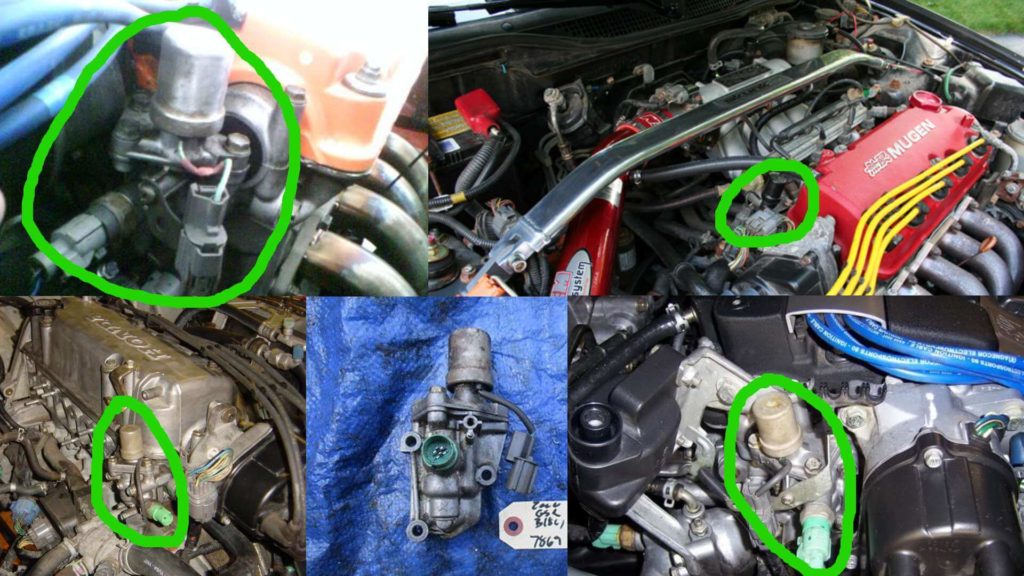
Many VTEC engines will have a stamp that says VTEC on the valve cover, but some motors do not.
Look for the VTEC solenoid, if you have one, you have VTEC. The location is slightly different on every car, but it will be attached to the head. There will be a cap about an inch high and a single wire running to the unit. Check the pictures below for common locations:
Here is a great video demonstrating what a VTEC solenoid looks like and where to find it:

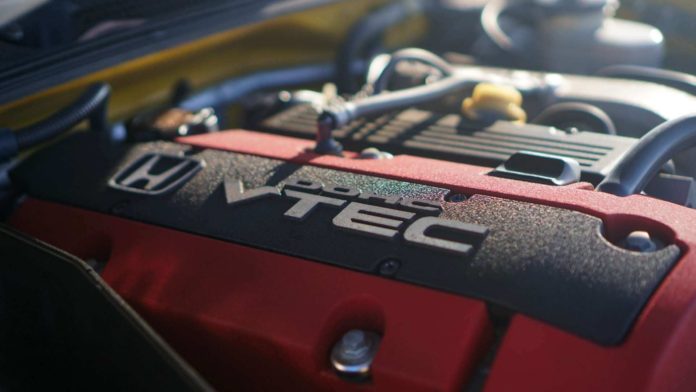


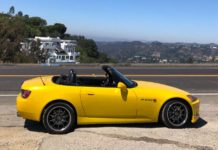
![Why are Miata’s Super Expensive? [Extremely Overpriced] Miata Driving](https://drivingpurity.com/wp-content/uploads/2019/02/daily-driving-miata-324x160.jpg)